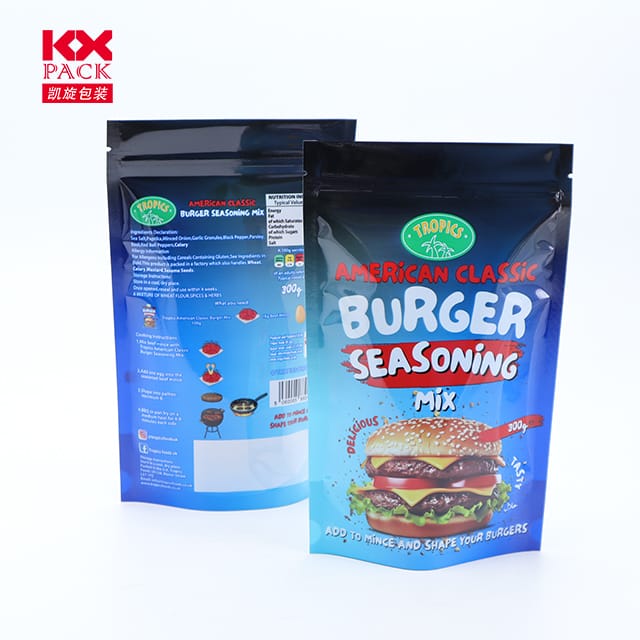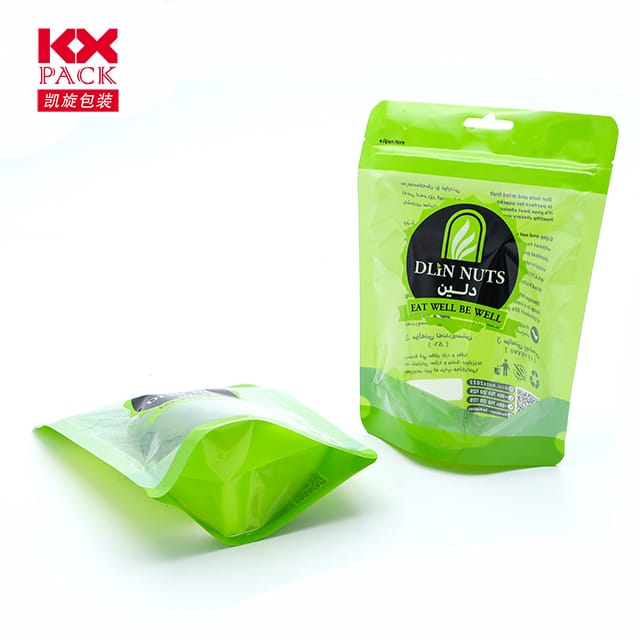食品级塑料薄膜的进化和创新: 确保安全和可持续性
食品级塑料薄膜
在当今的食品行业, 食品级塑料薄膜 是包装创新的基石, 平衡安全, 功能, 和环境责任. 随着全球对包装食品潮流的需求, 需要保护产品而不损害健康或地球的高级材料的需求也是如此. 让我们深入研究食品级塑料薄膜的世界 - 他们的类型, 应用, 风险, 和未来趋势.
是什么使塑料膜 “食品级”?
食品级塑料薄膜经过精心设计,以符合由监管机构设定的严格安全标准我们. 美国食品药品监督管理局 (联邦法规标题 21) 和欧盟的 10/2011 规定. 这些材料必须:
- 不浸出有害化学品 进入食物.
- 承受温度变化 在存储期间, 运输, 和加热.
- 抵抗降解 来自酸, 脂肪, 或食物中的水分.
- 可以追溯 确保遵守安全协议.
常见的食物级聚合物包括:
- 聚乙烯 (体育): 高密度聚乙烯 (刚性容器) 和LDPE (灵活的电影, 克林包裹).
- 聚丙烯 (聚丙烯): 微波安全容器, 热成型托盘.
- 聚对苯二甲酸酯 (宠物): 透明瓶, 水泡包.
- 聚氯乙烯 (PVC): 由于潜在的邻苯二甲酸酯迁移而谨慎使用.
- 基于生物的替代方案: 解放军 (聚乳酸) 和基于淀粉的复合材料,用于环保选择.
食品包装中的关键应用
- 零售 & 消费者包装
- 新鲜农产品: LDPE膜通过调节氧气和水分来延长保质期.
- 奶制品 & 饮料: HDPE水罐和PET瓶以其轻巧的耐用性而占主导地位.
- 即食餐: PP托盘承受微波加热 (最多120°C).
- 工业的 & 散装处理
- 高阻隔薄膜: 多层结构 (例如。, pa/evoh/or) 防止氧气进入肉类, 奶酪, 和咖啡.
- 灵活的小袋: 带有拉链和喷嘴的站立袋增强了便利性.
- 专业用途
- 改良的气氛包装 (地图): 胶片调整气体成分以减慢变质.
- 智能标签: 温度敏感的墨水或QR码跟踪新鲜度.
风险和挑战
尽管有好处, 食品等级塑料膜面对审查:
- 化学迁移: 高温或酸性食物可能会导致添加剂 (例如。, 增塑剂) 浸出.
- 微塑料: 使用或处置期间的分裂引起了环境问题.
- 回收障碍: 混合材料层压板 (例如。, 铝/宠物) 复杂的回收.
可持续创新塑造未来
该行业正在转向生态意识的解决方案:
- 可生物降解 & 可堆肥电影
- 解放军, 源自玉米淀粉, 分解工业堆肥设施.
- PHA (多羟基烷烃) 提供可海洋降解的选择.
- 可回收性的进步
- 单材设计: All-PE或All-PP结构简化回收.
- 化学回收: 将塑料分解成新电影的原材料.
- 监管推动
- 这 欧盟的一次性塑料指令 禁止非回归电影 2030.
- 中国的GB 4806.7-2023 标准化食物接触材料, 鼓励家庭创新.
- 技术驱动的解决方案
- 纳米涂料: 增强屏障特性而不增加厚度.
- 主动包装: 掺入抗氧化剂或抗菌剂.
安全使用的消费者提示
- 避免加热PVC或PS膜: 这些可能会释放毒素.
- 检查回收代码: #2 (高密度聚乙烯), #4 (低密度聚乙烯), 和 #5 (聚丙烯) 是更安全的选择.
- 限制一次性电影: 选择可重复使用的硅胶盖或蜂蜡包装纸.
前面的道路
预计食品级塑料膜市场将达到$51.9 十亿 2030, 由:
- 新兴市场: 亚洲和非洲的中产阶级崛起需要包装食品.
- 电子商务增长: 在线杂货店销售依赖耐用, 防泄漏的电影.
- 循环经济目标: 雀巢和可口可乐的誓言等品牌 100% 可回收包装 2025.
结论
食品级塑料膜对于现代食品系统必不可少, 但是他们的未来取决于创新和责任. 通过拥抱基于生物的材料, 提高可回收性, 并遵守严格的安全标准, 该行业可以在保护健康和环境的同时满足消费者的需求.
作为消费者, 让我们倡导透明度和可持续性 - 因为包裹我们食物的电影不仅可以保护其新鲜感.
您对食物级塑料膜的看法是什么? 在下面的评论中分享您的想法! 🌱🍎📦






